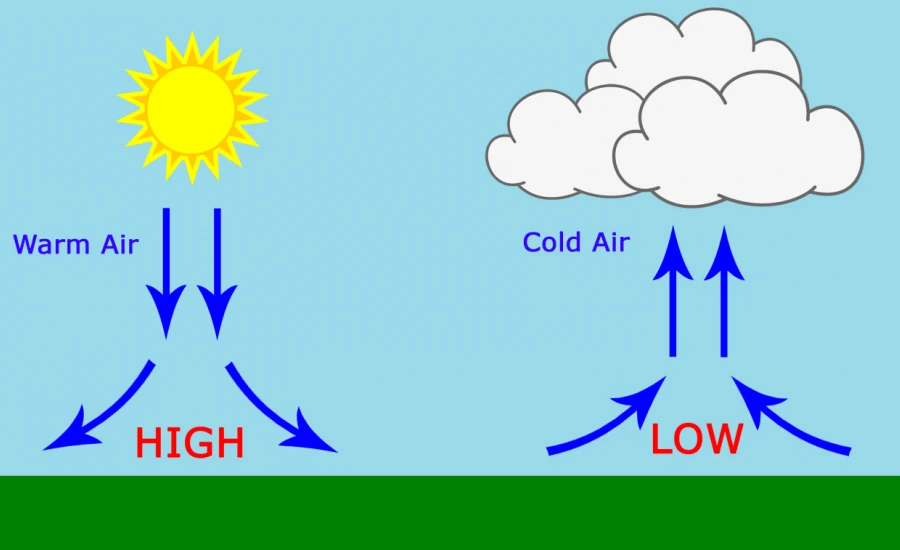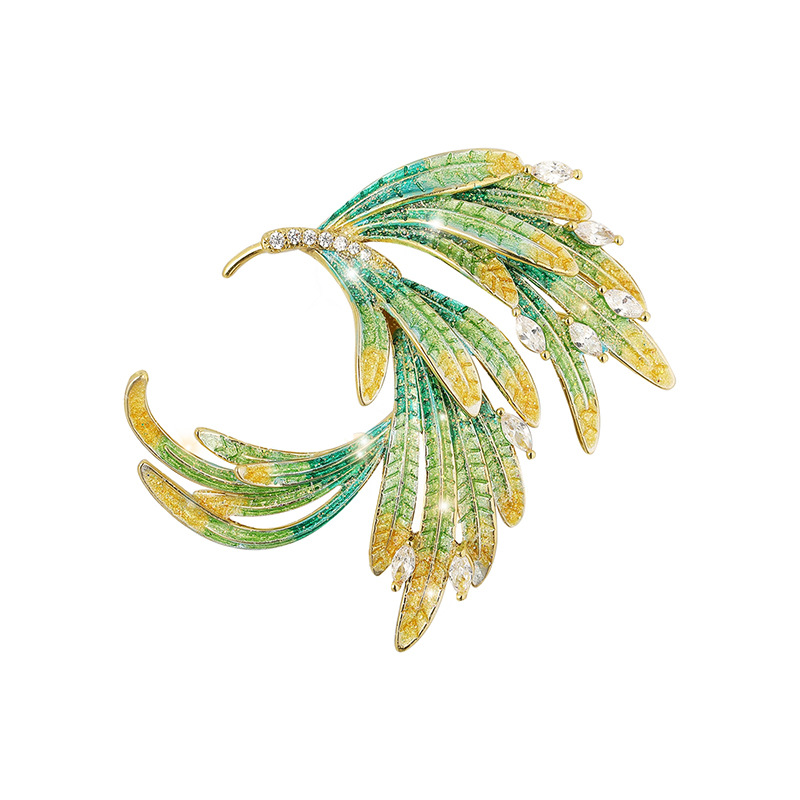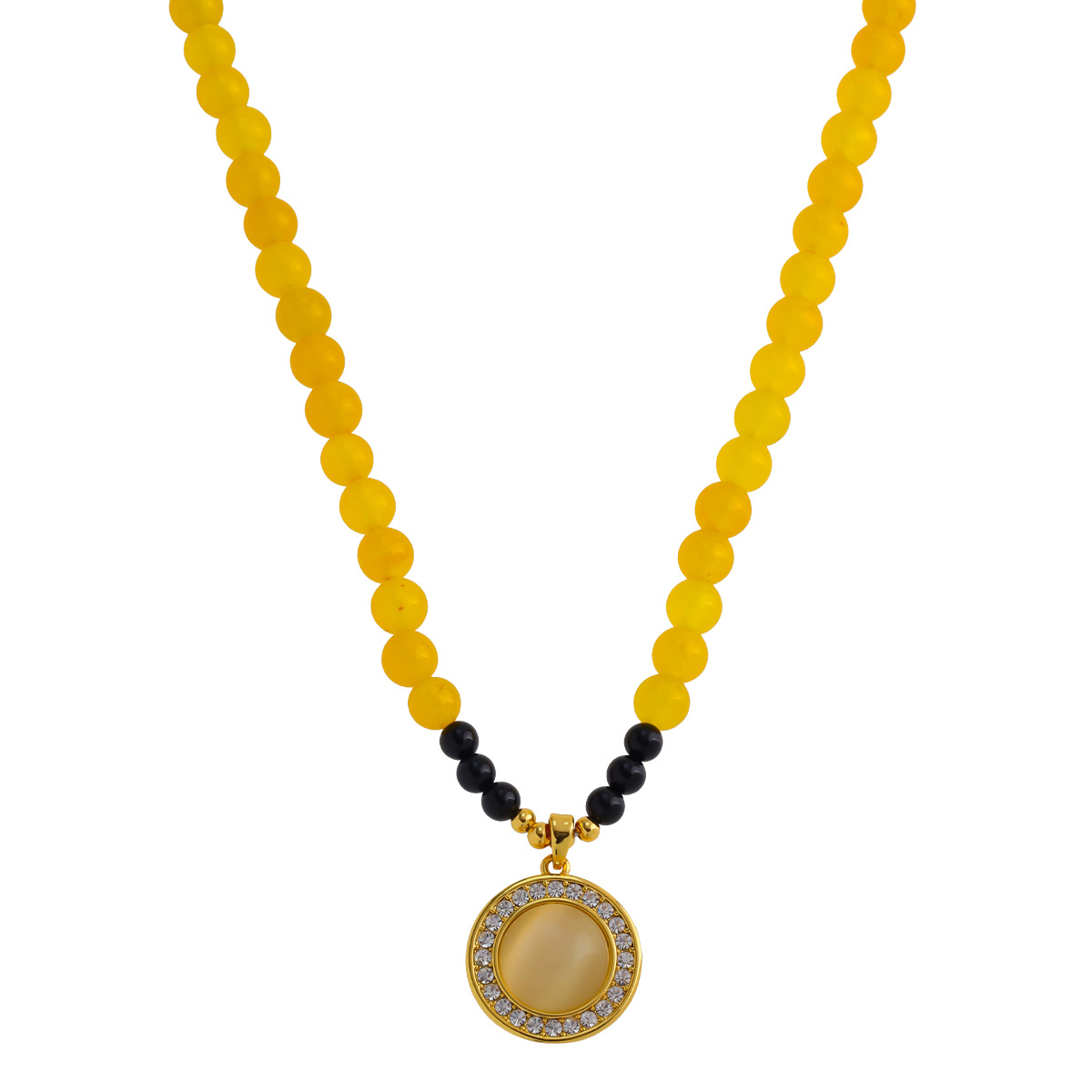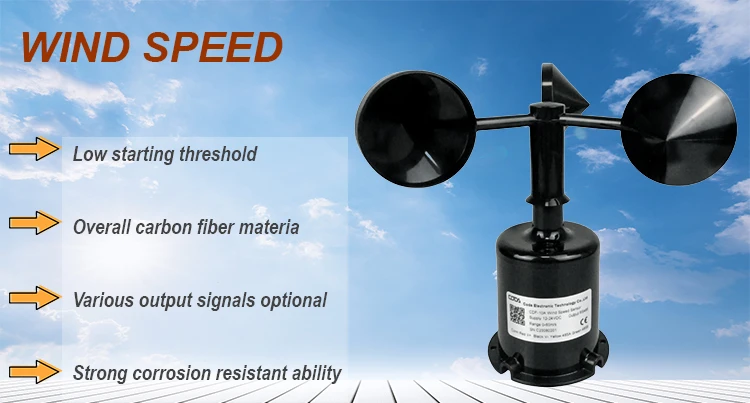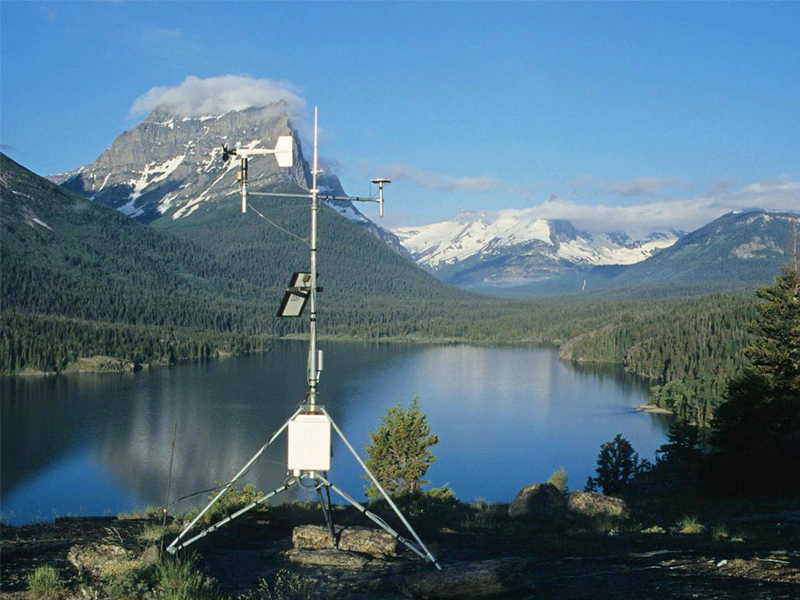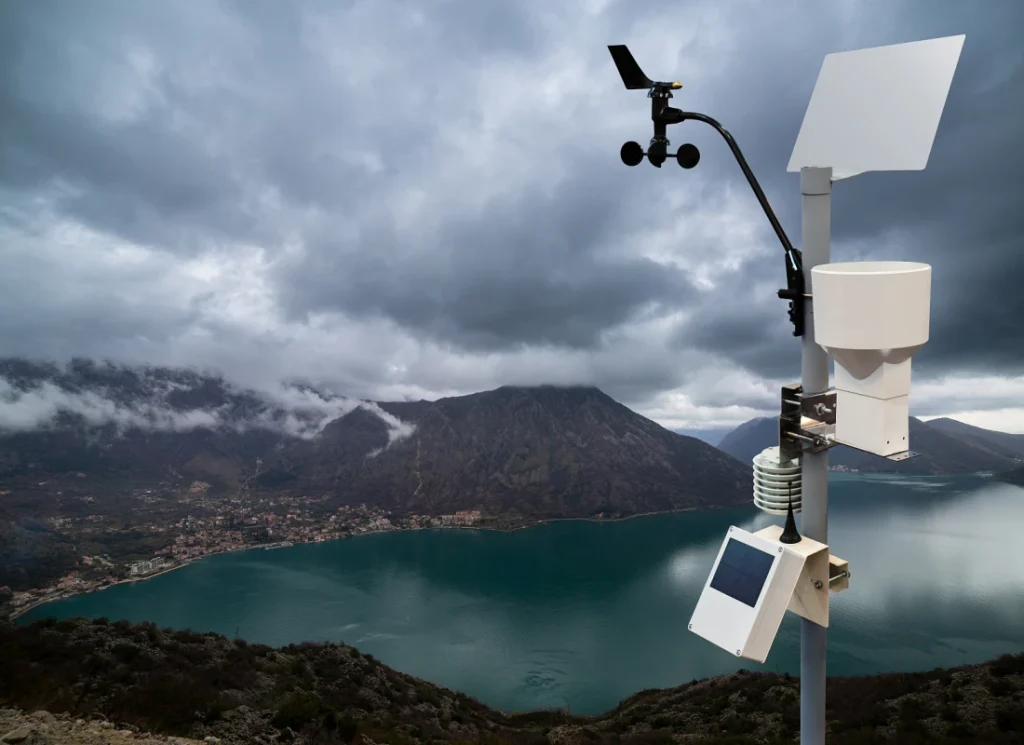
# Rainwater Sensor: Efficient Water Management Solution
## Introduction to Rainwater Sensors
Rainwater sensors are innovative devices designed to detect and measure precipitation, providing valuable data for efficient water management systems. These sensors play a crucial role in modern water conservation efforts by helping individuals and organizations optimize their water usage based on actual rainfall conditions.
## How Rainwater Sensors Work
Rainwater sensors typically consist of moisture-sensitive components that react to precipitation. When rain falls, the sensor detects the moisture and sends signals to connected systems. There are several types of rainwater sensors available:
– Tipping bucket sensors
– Capacitive sensors
– Optical sensors
– Conductivity-based sensors
Each type offers different advantages depending on the specific application and environmental conditions.
## Benefits of Using Rainwater Sensors
Implementing rainwater sensors in water management systems provides numerous advantages:
– Water conservation: Automatically adjusts irrigation systems based on rainfall
– Cost savings: Reduces unnecessary water usage and associated expenses
– Environmental protection: Prevents overwatering and runoff pollution
– Smart automation: Integrates with smart home and building management systems
– Data collection: Provides valuable precipitation data for analysis
## Applications of Rainwater Sensors
Rainwater sensors find applications in various sectors:
### Residential Use
Homeowners can install rainwater sensors to:
– Control automatic sprinkler systems
– Monitor garden moisture levels
– Collect data for personal weather stations
### Commercial and Agricultural Applications
Businesses and farms benefit from rainwater sensors by:
– Optimizing large-scale irrigation systems
– Managing water resources more efficiently
– Reducing operational costs
– Improving crop yield through precise watering
### Municipal Water Management
Cities and municipalities use rainwater sensors for:
– Stormwater management systems
– Flood prevention and early warning
– Urban planning and infrastructure development
## Choosing the Right Rainwater Sensor
When selecting a rainwater sensor, consider these factors:
– Accuracy and sensitivity requirements
– Durability and weather resistance
– Compatibility with existing systems
– Maintenance needs
– Data reporting capabilities
– Power requirements (battery, solar, or wired)
## Installation and Maintenance Tips
Proper installation ensures optimal performance:
– Place sensors in open areas away from obstructions
– Follow manufacturer’s guidelines for mounting height
– Regularly clean sensor surfaces to prevent debris buildup
– Calibrate sensors according to recommended schedules
– Check battery levels for wireless models
## Future of Rainwater Sensing Technology
Emerging trends in rainwater sensor technology include:
– Integration with IoT and smart city infrastructure
– Advanced machine learning algorithms for better prediction
– Miniaturization and improved energy efficiency
– Wireless mesh networks for comprehensive coverage
– Combination with other environmental sensors
## Conclusion
Rainwater sensors represent a smart, efficient solution for modern water management challenges. By providing accurate, real-time data about precipitation, these devices help conserve water resources, reduce costs, and promote sustainable practices across residential, commercial, and municipal applications. As technology advances, rainwater sensors will continue to play an increasingly important role in our efforts to manage water wisely in a changing climate.
Keyword: rainwater sensor

